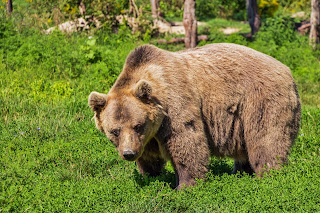Girafe

The giraffe (Giraffa) is an African artiodactyl well evolved creature, the tallest living earthly creature and the biggest ruminant. It is customarily viewed as one animal varieties, Giraffa camelopardalis, with nine subspecies. Notwithstanding, the presence of up to eight surviving giraffe species has been portrayed, in view of investigation into the mitochondrial and atomic DNA, just as morphological estimations of Giraffa. Seven different species are wiped out, ancient species known from fossils. The giraffe's head recognizing qualities are its very long neck and legs, its horn-like ossicones, and its unmistakable coat designs. It is grouped under the family Giraffidae, alongside its nearest surviving family member, the okapi. Its dispersed range reaches out from Chad in the north to South Africa in the south, and from Niger in the west to Somalia in the east. Giraffes for the most part possess savannahs and forests. Their food source is leaves, leafy foods of woody plants, ess...







